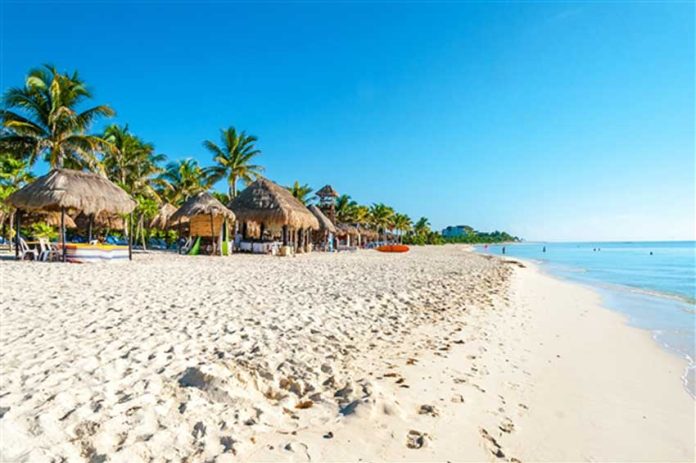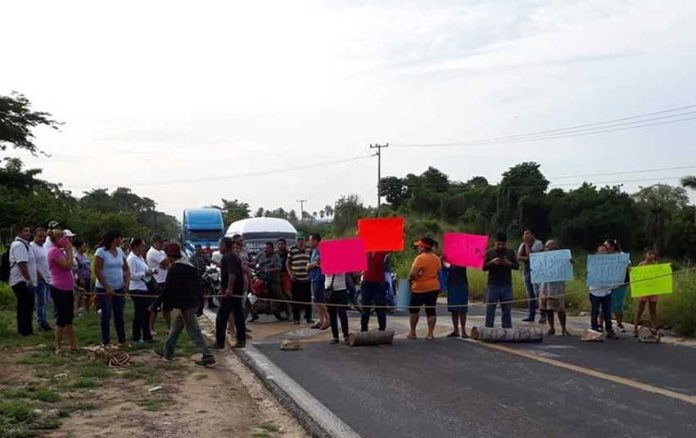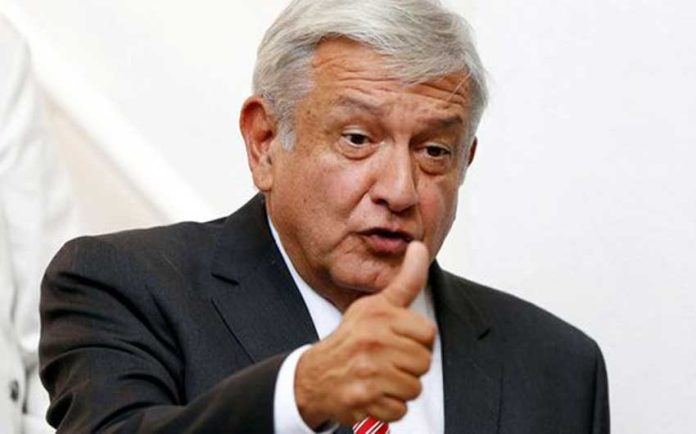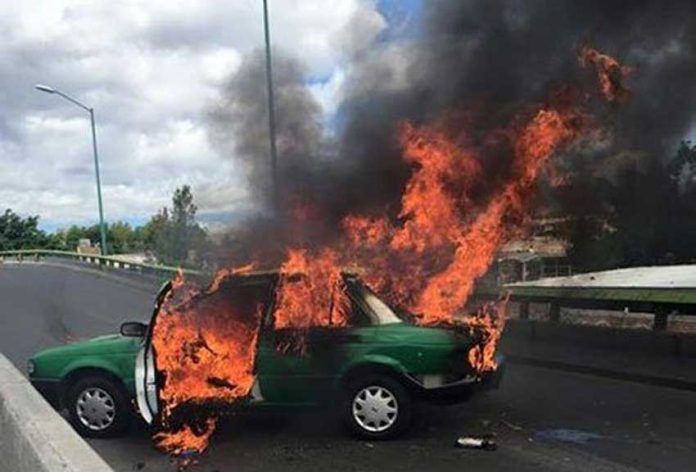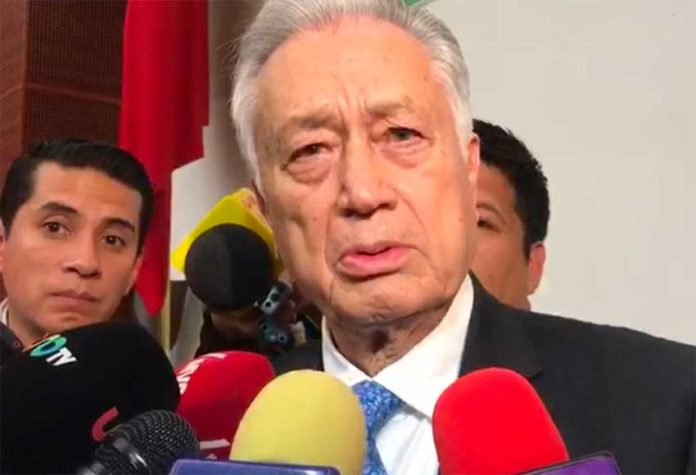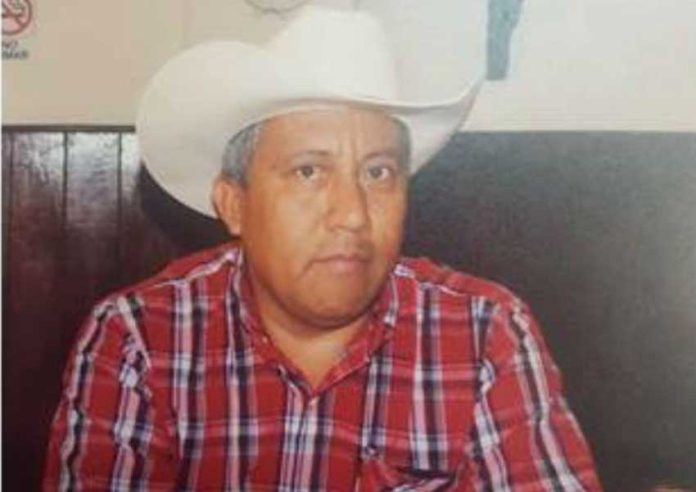La María is a spring-fed crater lake located in the little state of Colima on Mexico’s west coast, an enchanting, hidden-away place where you can camp, stay in a cabin, go boating, swimming or hiking by day — and enjoy a fireworks show of a sort at night.
These are fireworks that only Mother Nature can put on, because La María lies just 10 kilometers from the restless, flamboyant Volcán de Fuego: Mexico’s Fire Volcano.
Laguna La María is 1.5 kilometers in diameter and perhaps 30 meters deep. Because it is fed by cold springs, the water never gets stagnant. Here you can fish for tilapia, bagre and crayfish or watch the birds crash-diving into the lagoon trying to catch the same fish as you.
And should you feel a bit drowsy while fishing, you can suck on a coffee bean plucked from one of hundreds of coffee bushes which grow everywhere in and around La María.
The high, tree-covered crater wall which surrounds most of the lake is truly impressive and there are trails leading up to the top of the crater rim where you’ll find short manmade tunnels giving access to a “hidden valley” on the other side of the crater wall.
[wpgmza id=”44″]
I asked the owner of the lake if he could tell me who La María is named after. He said legend has it that there really was a woman named María living alongside the lagoon. One day, so the story goes, she and her husband were invited to a dance at a nearby ranchería. The husband, however, announced to his wife that they would not be attending the event.
Then, when evening arrived, he casually remarked that he was going over to the ranchería to “excuse their absence.” After the husband left, the unfairness of what he had done tormented María to such an extent that she called upon the devil himself, asking to be taken to the fiesta.
Suddenly, the devil appeared in front of her, picked her up and whisked her high into the air. María screamed for help and begged to be let down on the ground. The devil obliged by putting her in a ditch near the lagoon and placing a flat stone with four holes in it (for candles) upon her stomach.
When the husband heard about all this he told the priest at nearby Hacienda San Antonio, who organized a procession aimed at freeing the unfortunate woman from the clutches of the devil. Praying and chanting, the crowd approached the spot where poor María lay, calling upon the devil to liberate her.
Immediately, the devil complied with their wish, raising María high into the air until she was over the center of the lake, at which point he let her fall.
According to my informant, María’s body was never found and the lagoon became her everlasting sepulcher.
Even today campers at La María claim they have encountered fantasmas and poltergeists while strolling along the lakeshore, so when darkness falls it may be the perfect time to step outside the gate of La María and take a walk up the road.
Here you can experience the night sky as it was meant to be seen. You will find yourself immersed in total darkness and you will see more stars in the constellations than you’ve ever noticed before.
In fact, you may suddenly find yourself face to face with a stray cow if you don’t happen to be carrying a light. But this inky blackness is the perfect backdrop for a pyrotechnic display that few people on earth have seen with their own eyes.
At first, you may doubt that there is a volcano ahead at all, because you may see nothing whatsoever for several minutes. Suddenly, however, a tongue of fire shoots straight up in the air and a cascade of sparks tumbles down, revealing the classic shape of a typical stratovolcano.
Then a blob of red appears at the top and suddenly races downward, producing an ominous roar that triggers an uneasy feeling at the pit of your stomach which very quickly develops into a primal urge to turn tail and run for your life.
No fireworks display will ever affect you like the awesome sight and sounds of a volcano venting its fury!
Of course I wanted to get a picture of this spectacular show. I put my camera on a tripod and pointed it in what I hoped was the right direction, but the pyrotechnics were so intermittent and the night was so black, that I had no idea whether I was going to get a furious volcano or just an empty patch of night sky.
Nevertheless, I set the camera for a 30-minute exposure and hoped for the best. Suddenly the show began again. Fire in the sky! Red streams of lava rushing down the right side of the volcano and then the left. It was spectacular and, amazingly, my camera caught it all, leaving me with one of those photos you only dream of.
The closest pueblo to the El Volcán de Fuego is La Yerbabuena, which today has been practically abandoned except for a few diehards and a cat named Pancho. To get an idea of what it’s like to live near a restless volcano, I spoke to a man named Pepe who guards a locked gate beyond Yerbabuena, the closest point to the volcano that authorities will allow you to go.
“One night,” says Pepe, “at 4:00am, I was awoken by a very loud boom and a strong quake that shook my house and everything in it. All that day and the following night, lava poured out of the crater and down the sides of the volcano, lighting up the sky. It was una escena espectacular, a spectacular sight.”
As for the danger involved in volcano watching from La María, the managers say that numerous deep canyons between them and the volcano reduce to zero the possibility of lava reaching their lagoon. The real danger, however, is that of a Mount St. Helen’s type of explosion which would, according to a volcanologist I spoke to, shoot a cloud of hot, incandescent gases straight towards the city of Colima, burning up everything along the way, including visitors to La María.
“Sí, sí,” say the locals, “but they have been telling us that for years, while the volcano just keeps rumbling and spitting in the same old way.”
• For more information on Laguna La María and how to get there, see Chapter 31 of Outdoors in Western Mexico.
[soliloquy id="57928"]
The writer has lived near Guadalajara, Jalisco, for more than 30 years and is the author of A Guide to West Mexico’s Guachimontones and Surrounding Area and co-author of Outdoors in Western Mexico. More of his writing can be found on his website.
